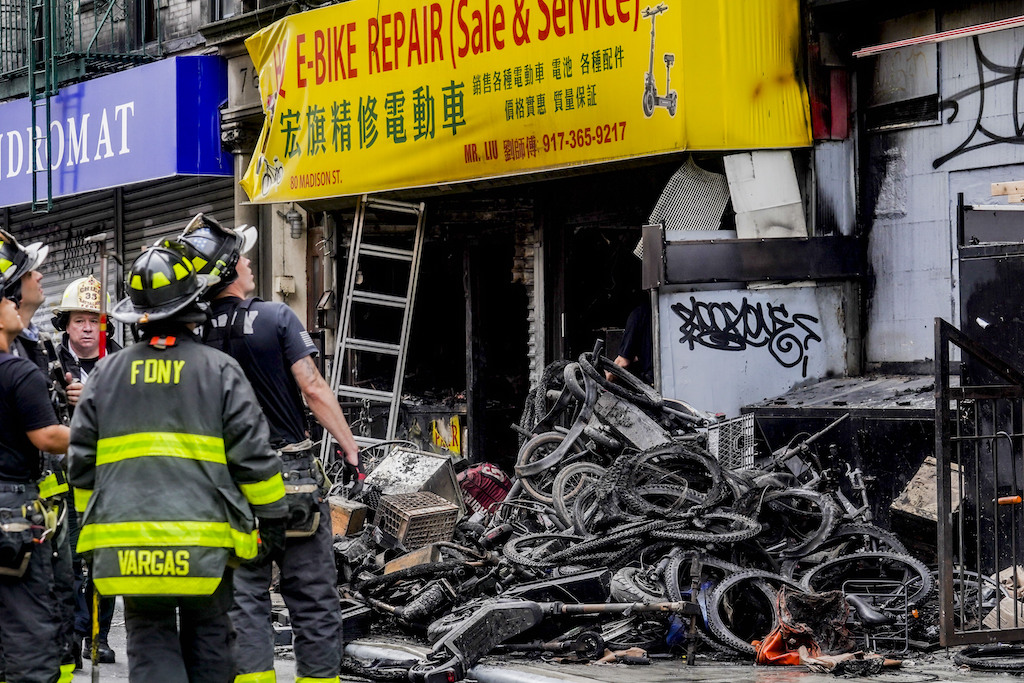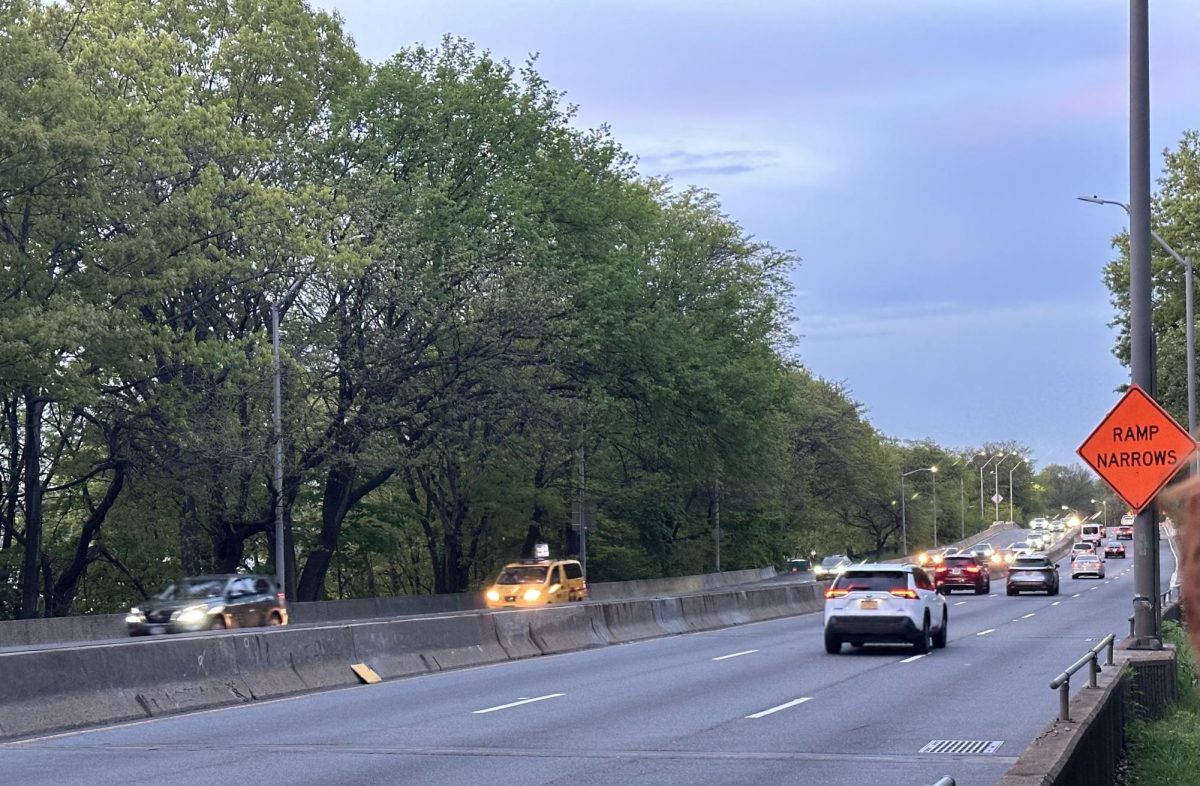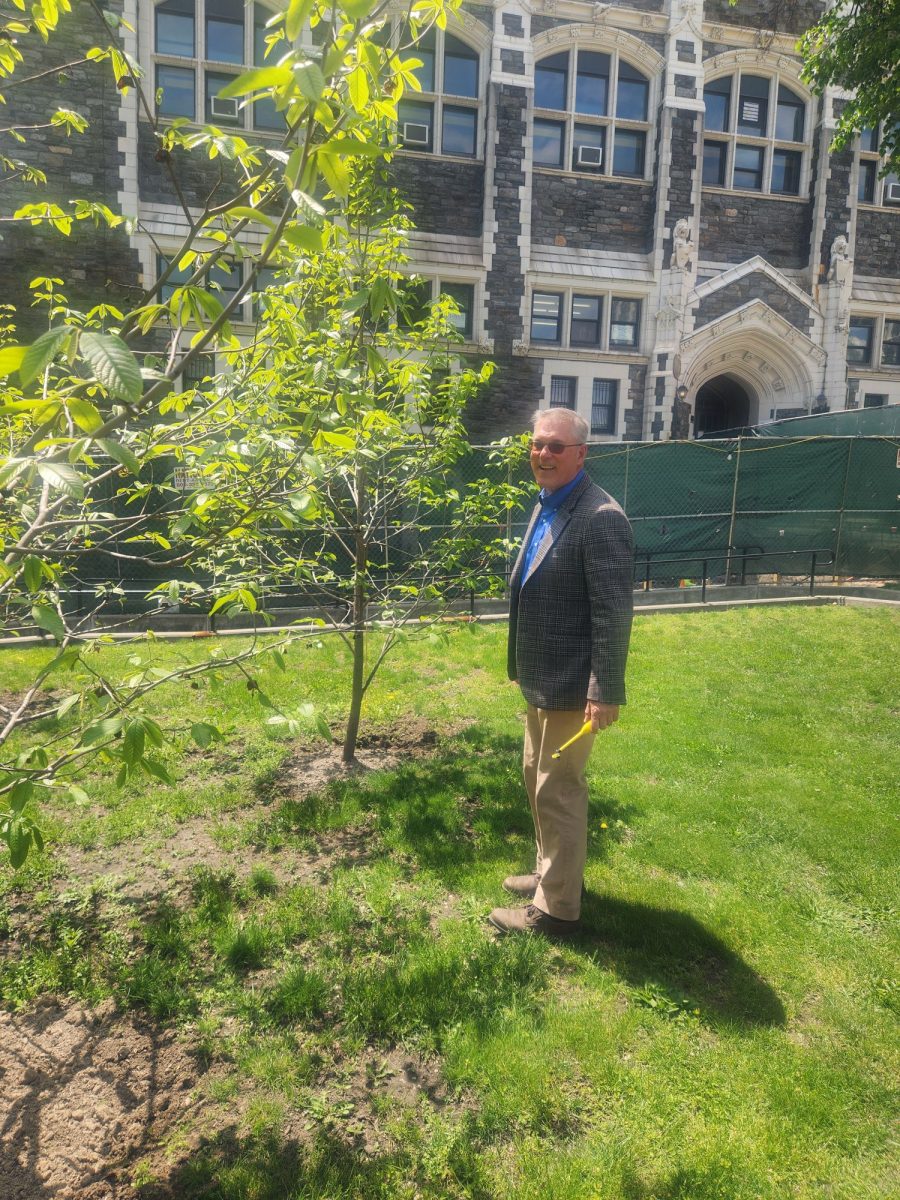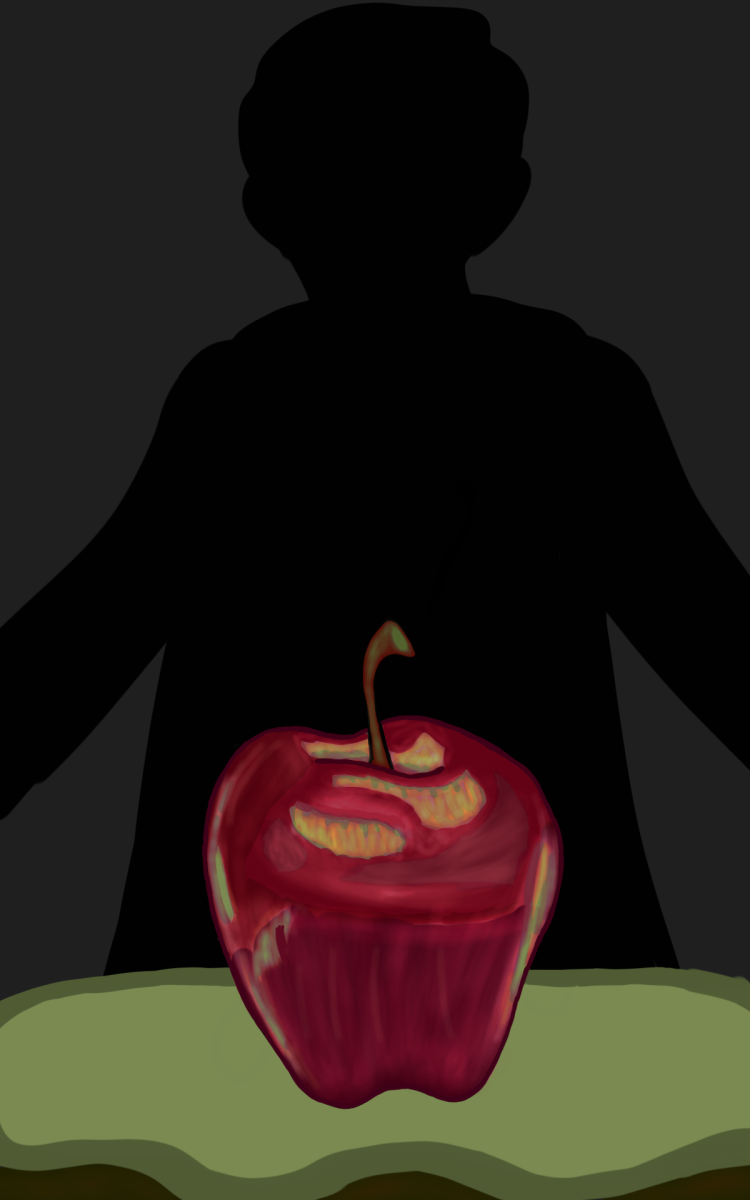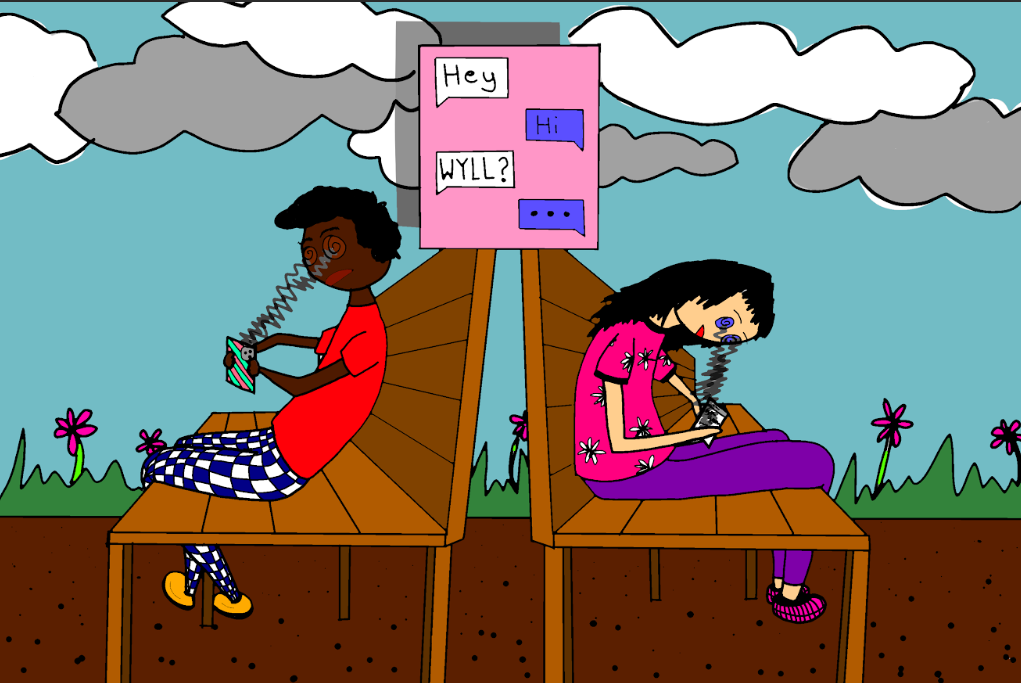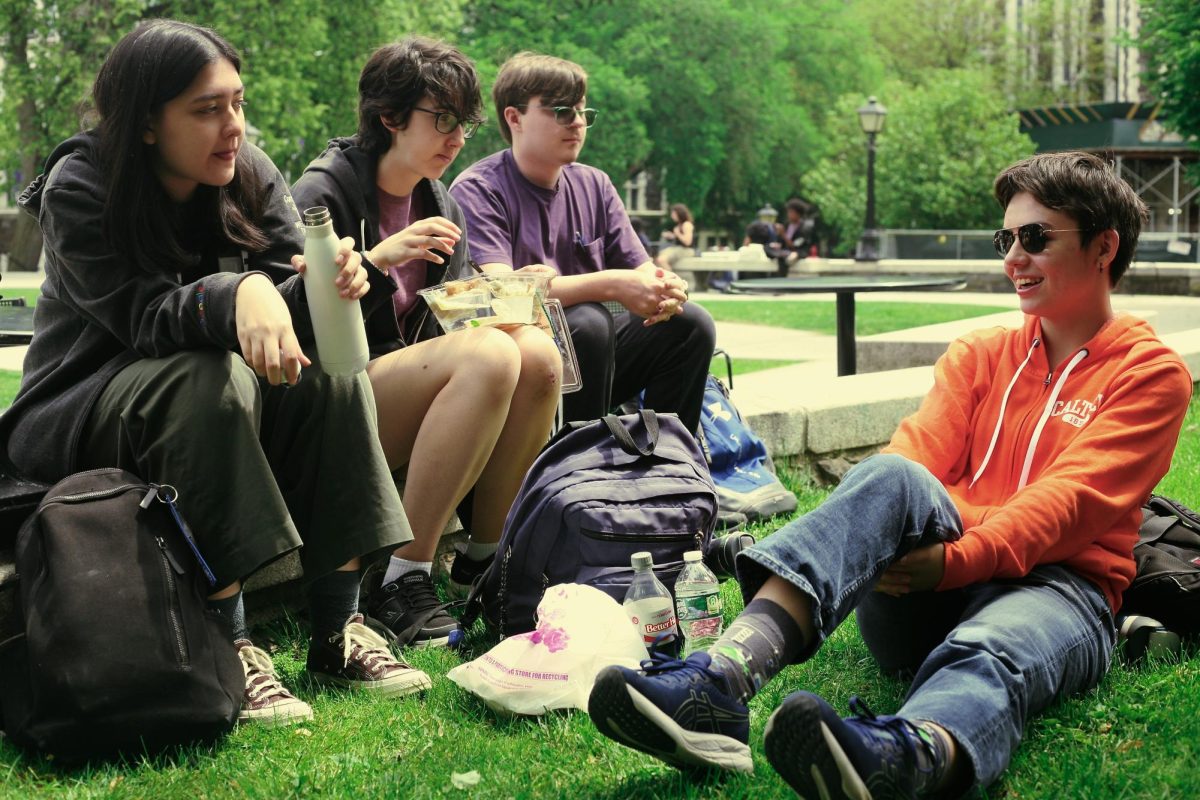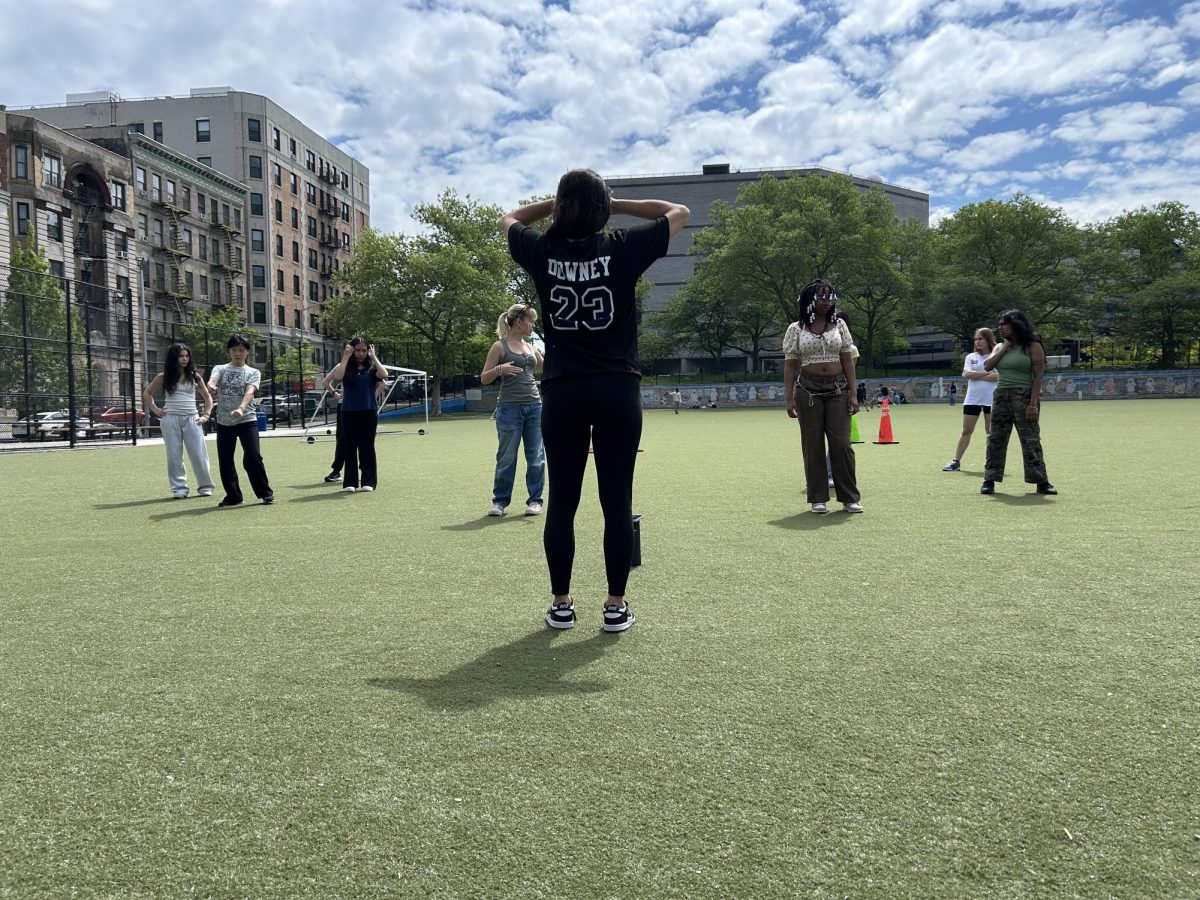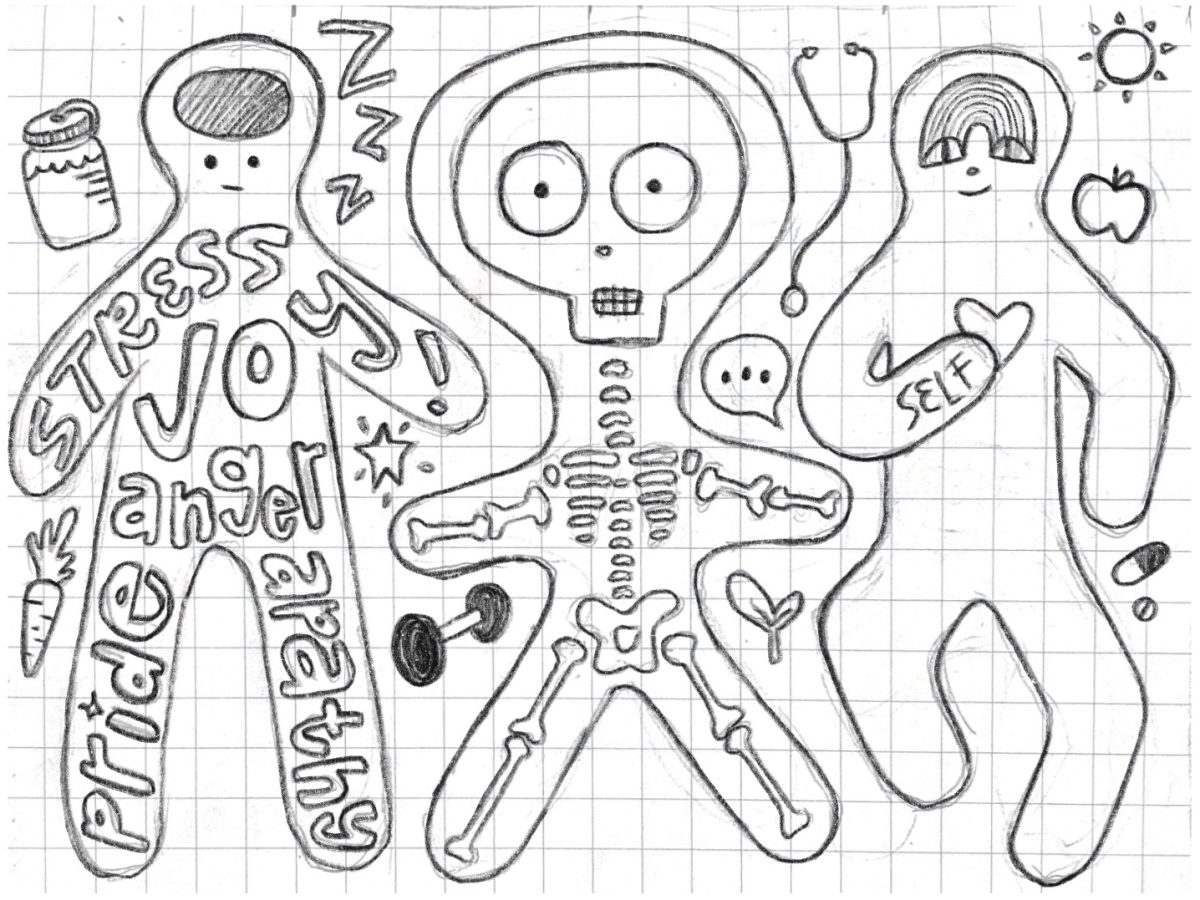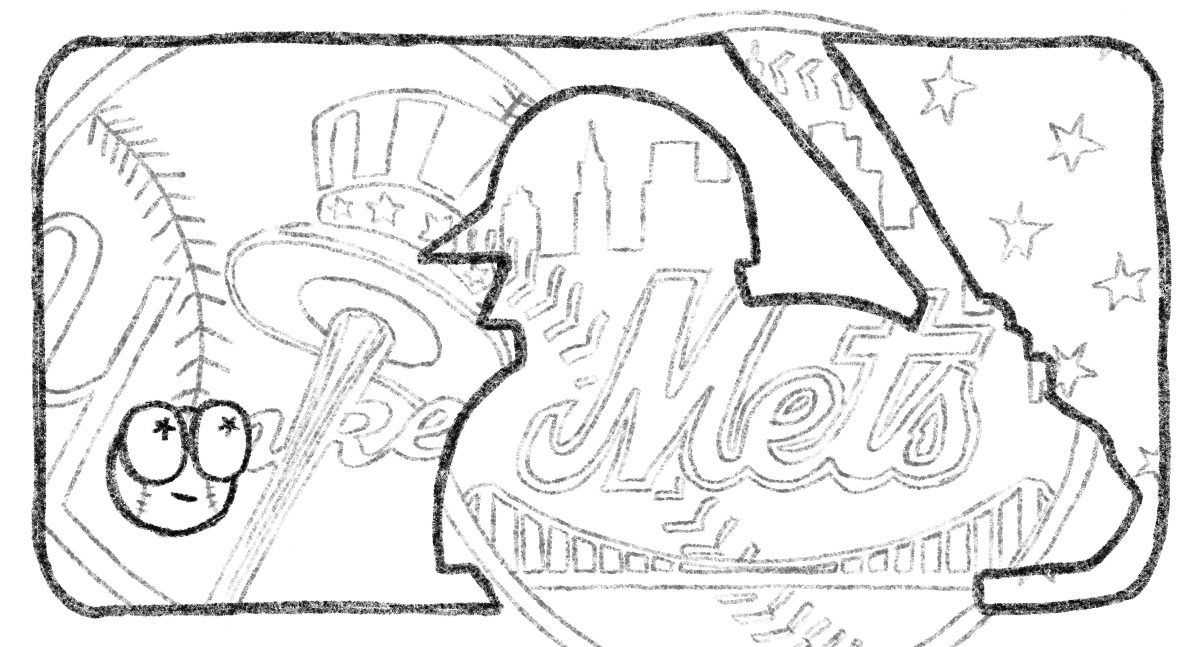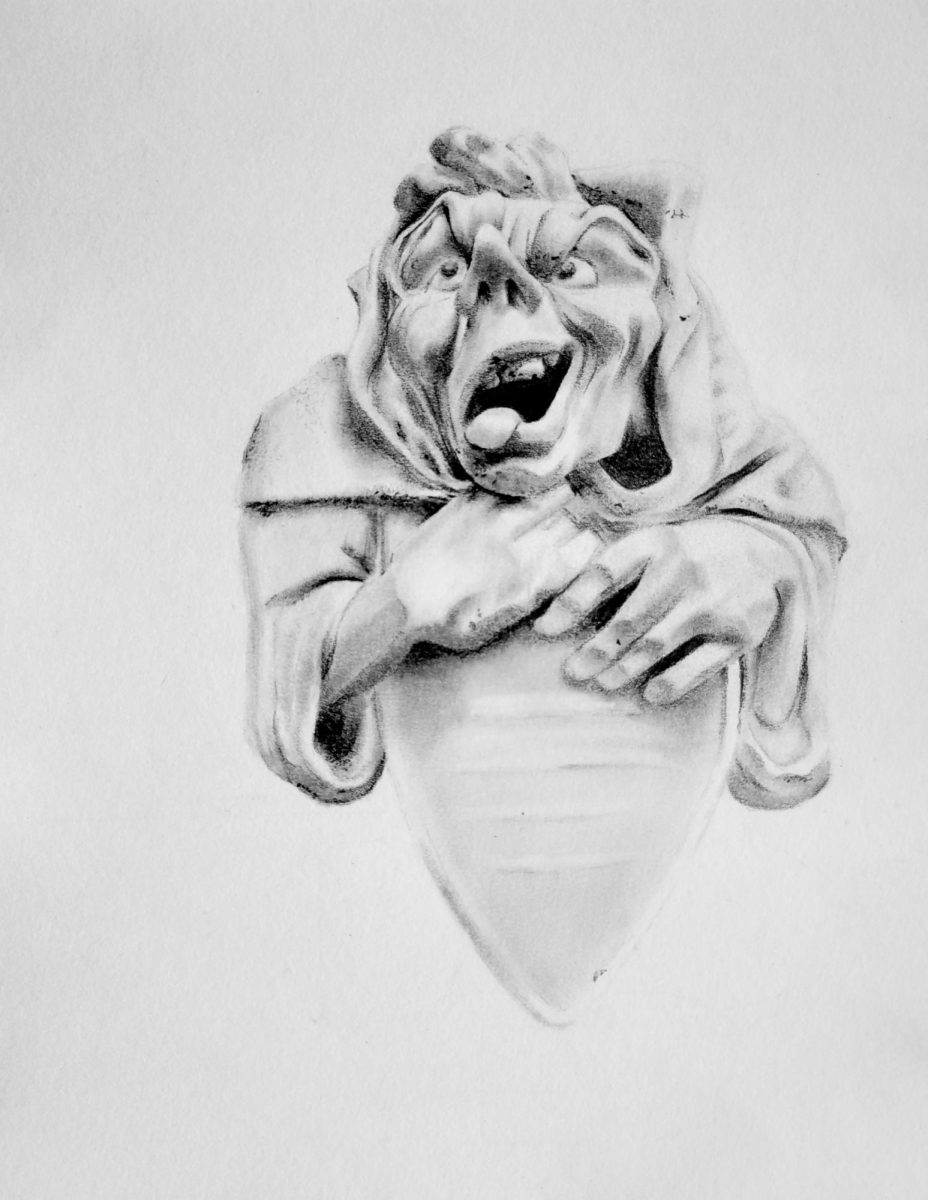Have you ever noticed the monsters haunting CCNY’s campus? They perch upon buildings, looming over students as they go about their day, yet few MSE-ers take the time to notice them. A huge perk of our school is that we share our space with City College, granting us the privilege of appreciating the beautiful architecture all around us. If you’ve ever stopped to admire the neo-Gothic stone buildings, you may have noticed the unique and intricate figures lining their exterior. Not only do we share our space with a bunch of college students, but also with hundreds of eccentric creatures!
“What are these creatures?” you may ask. Many people think of them as gargoyles, but they’re actually similar architectural features called grotesques. In the 13th century, gargoyles were invented to dispose of rainwater and protect buildings from erosion. The water would collect in the gutter, then flow towards the gargoyle and stream out of its mouth. They were strategically placed on churches and cathedrals, as the intricately carved statues were believed to ward off evil spirits. There were other spiritual beliefs connected with gargoyles as well, depending on where they were used and what they looked like. They were even sometimes believed to be condemned souls and agents of Satan! In the modern day, we have far less fancy gutters, which are usually just tubes that lead to the ground. However, the fact that gargoyles no longer serve a relevant purpose doesn’t mean that they aren’t still a beloved aspect of medieval Gothic architecture. That’s where grotesques come in: they resemble gargoyles almost exactly, except for the fact that their mouths are closed. They’re still believed to ward off evil spirits and bring a certain mystique to the buildings they inhabit, but are no longer needed to defend against pools of rainwater.
CCNY has the largest collection of grotesques in New York City, with over 1,000 scattered around the campus. They were installed during the school’s initial construction in the early 1900s, but began to rapidly decay in the 1960s because they were made of moisture-absorbing terracotta. In the 1980s, they were replaced with near-identical grotesques made of fiberglass. Most of the original grotesques were thrown in dumpsters and neglected, until 2016, when a student convinced former dean Gordon A. Gebert to relocate them to a field behind the Spitzer School of Architecture on campus. At least 150 grotesques decay in this makeshift graveyard, many of which are missing large chunks. Some of them resemble real people, presumably faculty of old, while others are mysterious, indeterminable monsters. Unfortunately, despite so much effort to restore one of the most spectacular aspects of CCNY’s architecture, the new grotesques go widely unnoticed by students and faculty.
Each grotesque at our school is unique, with each one having a different story to tell. What other high school has peculiar stone beasts stalking you at every turn? Next time you’re walking around campus, take a moment to look up. You may just spot a grotesque watching you, waiting for its moment to strike.
Sources:
https://www.scoutingny.com/hogwarts-in-manhattan-the-1000-gargoyles-grotesques-of-city-college/
http://www.strangeplants.com/LegbandtGG2.html#
https://www.friendsofnotredamedeparis.org/cathedral/artifacts/gargoyles/






